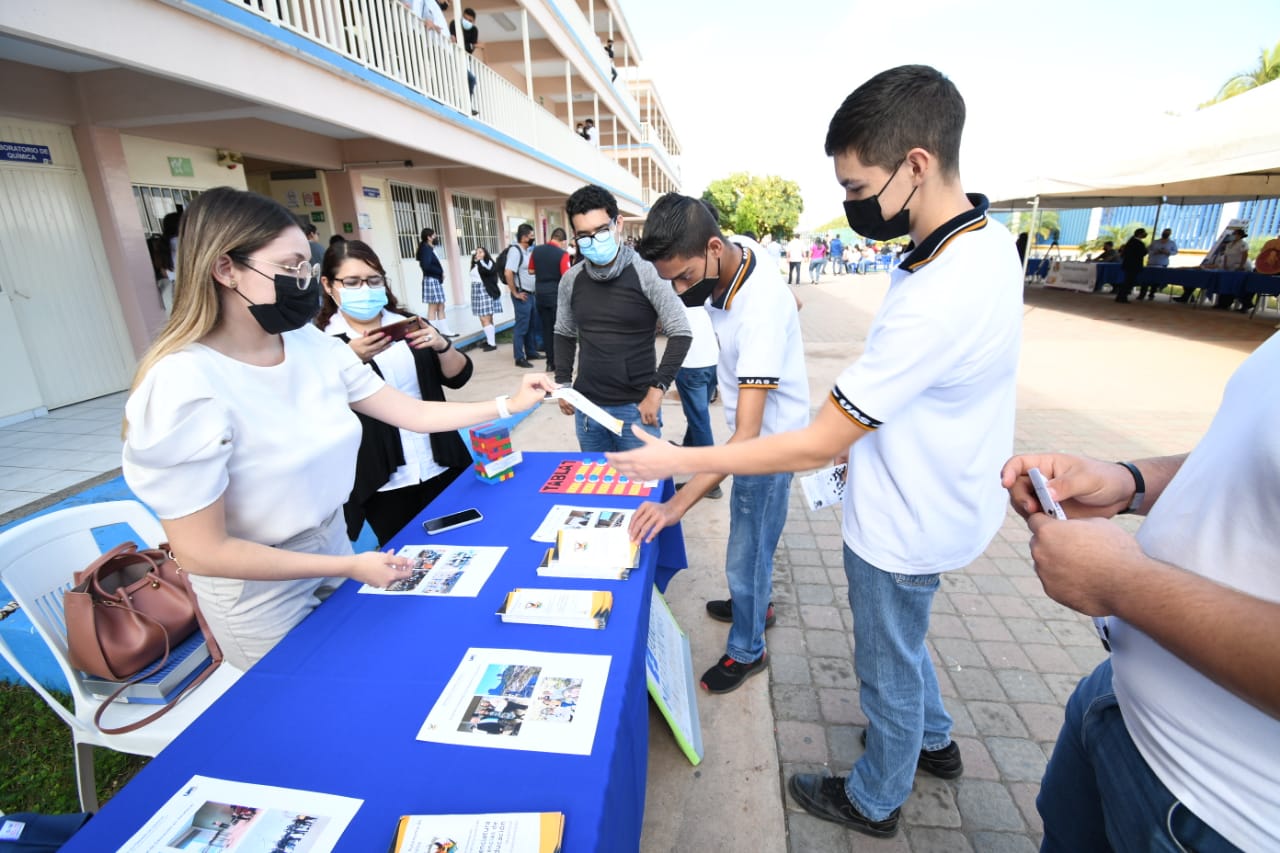Earth seen from space has a different focus for scientists trying to discover the mysteries our planet hides. This is why there are different satellites around our orbit Check our surface.
However, before all this technological explosion, there was an American astronaut who mapped the extent of the American continent, to study its strengths and weaknesses. And so, unbeknownst to anyone, he discovered some mineral anomalies off the coast of Florida and Mexico.
The year was 1963 and between the Soviet Union and the United States a competition was launched to consolidate its position in space.
During NASA’s Mercury Program’s historic Faith 7 mission, astronaut Gordon Cooper captured the world’s attention by claiming to have unearthed hidden treasures from space. His remarks fueled speculation about the possibility of discovering valuable shipwrecks and ancient artifacts in the planet’s oceans.
On his orbital flight, Cooper claimed to have seen lights and flashes in the oceans that seemed suspiciously artificial to him. Interpret these anomalies as possible wrecks or treasures hidden in the depths of the sea.
Spurred on by his discovery, he asked NASA to include high-resolution cameras on future space missions to investigate these mysterious apparitions. But he left some loose ends to investigate later on his own.
It helped him that NASA scientists indicated that Cooper’s sightings could be caused by light reflections or atmospheric phenomena, casting doubt on the existence of treasures hidden in the oceans based solely on his statements.
Although there is no hard evidence, the story of Gordon Cooper and the treasures seen from space has always intrigued. It has fueled the imagination of many people and inspired speculations about the secrets and riches that may be hidden in the most remote places on our planet.
With the advancement of space and underwater technology, ocean exploration has become more complex and detailed. Scientific expeditions have revealed remarkable discoveries, such as archaeological remains and historic shipwrecks, which enrich our knowledge of the past. However, to date, no direct evidence has been found to support Cooper’s claims.
The story of Gordon Cooper and his view from space reminds us of the importance of maintaining a scientific and critical attitude towards stories without concrete evidence. While hidden treasures may still be a captivating dream, it is essential that we base our conclusions on solid evidence and rigorous scientific research.
An urban legend says that Cooper teamed up with treasure hunter Kip Wagner and together they discovered the hidden gems of the lost Spanish fleet in 1715, according to a review. the time.
To achieve this, he would have resorted to information that he himself gave NASA about his mission and that the space agency never wanted to investigate. This is how the “Cooper’s Treasure Map” was born, which would contain the exact information of some of the lost treasures.

:quality(70)/cloudfront-us-east-1.images.arcpublishing.com/metroworldnews/LYKGEXLFVFE2BLFDXO4ADUABSA.jpg)

:format(webp)/cloudfront-us-east-1.images.arcpublishing.com/grupoclarin/XM6EP3SM5REKNBOIXJSOCDCOOA.jpg)

